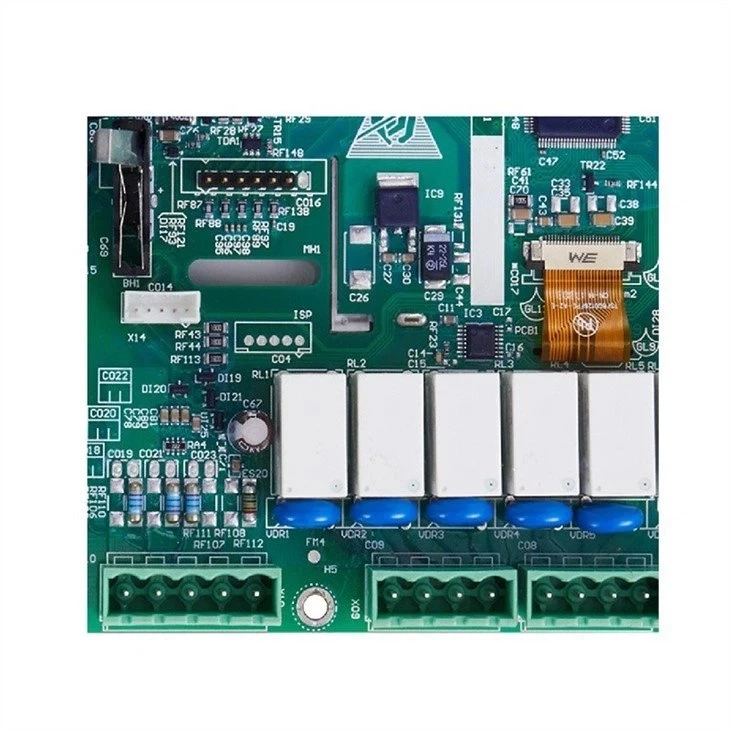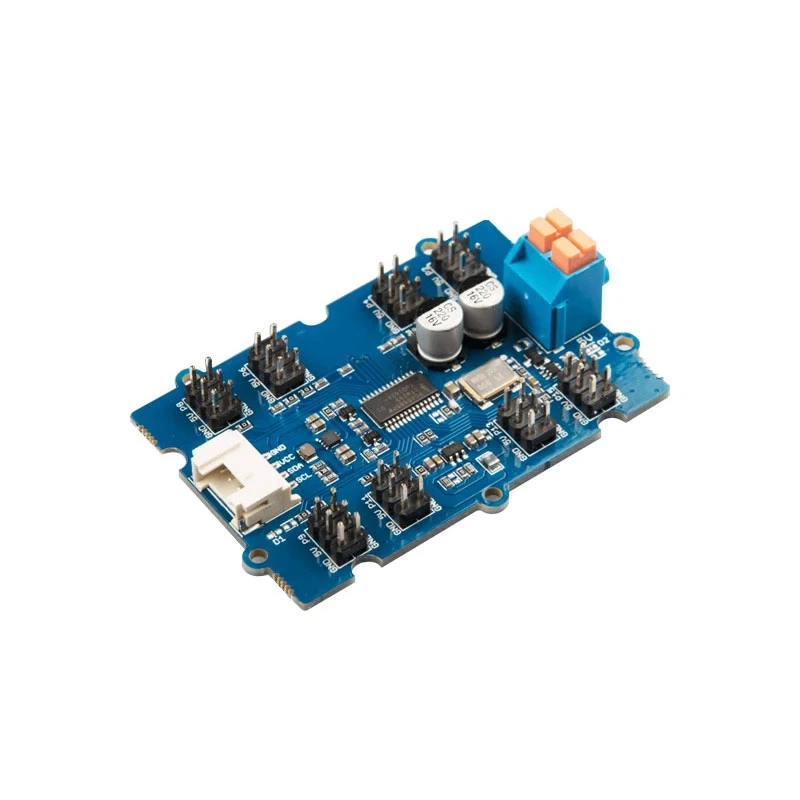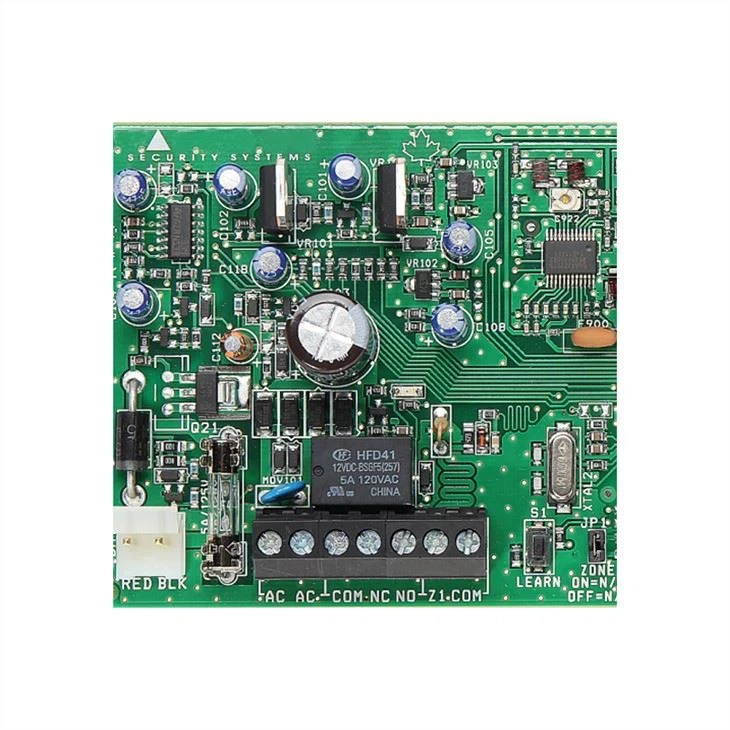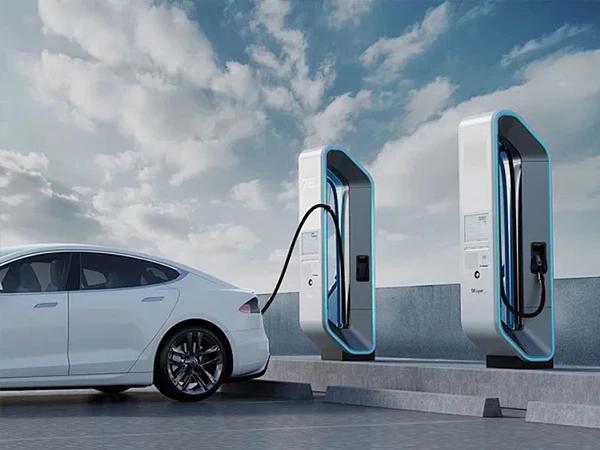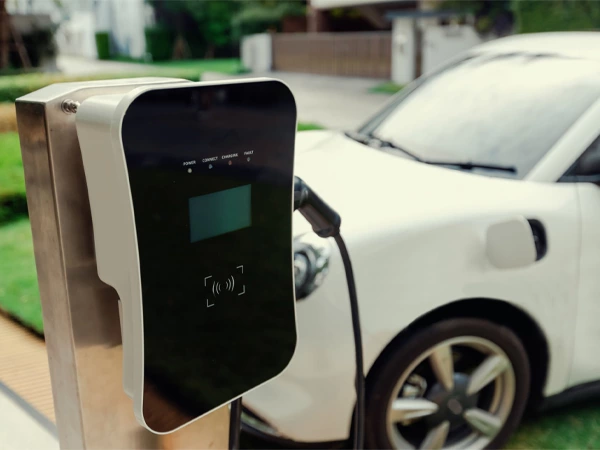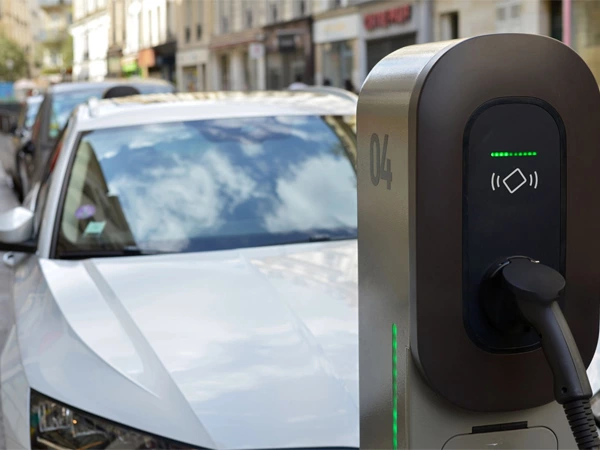Winter Maintenance Guide for EV Charging Stations: Comprehensive Strategies for Freeze Protection, Moisture Control, and Efficient Operation
I. Why Are Charging Stations Prone to Failures in Winter?
Low temperatures, snow, ice, and humidity fluctuations pose multiple challenges to charging stations during winter. According to data from the China Electric Vehicle Charging Infrastructure Promotion Alliance (EVCIPA), winter failure rates for charging stations increase by an average of 35% compared to other seasons. Common issues include:
• Connector icing: Charging gun nozzles and vehicle inlets freeze due to condensed water, causing connection failures.
• Reduced battery efficiency: Increased internal resistance of lithium-ion batteries in cold conditions slows charging speeds.
• Hardware damage: Brittle cable jackets, shrunken seals leading to water ingress, and moisture-induced short circuits in electronic components.
II. Daily Winter Maintenance Checklist for Charging Stations
1.Anti-Freeze Treatment for Connectors (Daily Routine)
• Steps:
a. Wipe the nozzle dry with a cloth immediately after charging to prevent residual moisture from freezing.
b. Apply specialized anti-freeze silicone grease (e.g., Tecoo TC-12, suitable for -40℃ to 150℃).
c. Cover the charging gun connector with a rubber protective sleeve.
• Recommended Tools:
a. Anti-freeze silicone grease: 15−30 per tube (50g, lasts over 200 applications).
b. Silicone protective sleeves: 5−10 each.
2.Cable and Station Body Inspection (Weekly)
• Key Areas:
a. Cable bends: Check for cracks (low temperatures cause PVC jackets to become brittle).
b. Seals: Ensure no deformation or aging (replacement cycle: 2-3 years).
c. Screens and buttons: Clean with alcohol wipes to prevent condensation-induced short circuits.
3.Software System Maintenance (Monthly)
a. Firmware updates: Ensure the Charging Management System (CMS) is updated to the latest version for optimized low-temperature charging algorithms.
b. Data backup: Export historical charging records to prevent data loss during extreme weather.
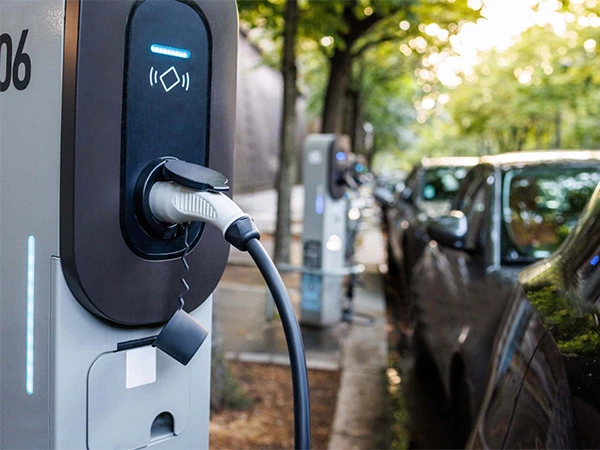
III. Emergency Response Protocols for Extreme Weather
1.Snowstorm and Freezing Conditions
• Preventive Measures:
a. Install snow shelters or underground charging stations (Tecoo Polar Series recommended, IP68 protection rating).
b. Pre-activate station self-heating functions (≈50W power consumption, 20 minutes to reach -10℃).
• Emergency Thawing:
a. Use a warm air blower (>30cm from nozzle) or lukewarm water. Avoid open flames or boiling water.
2.Tips to Improve Charging Efficiency in Cold Temperatures
• Vehicle Preparation:
a. Warm up the vehicle for 10 minutes before charging to enhance battery activity.
b. Prioritize charging stations with battery preheating functions (e.g., Tesla Supercharger V3).
• Charging Strategies:
a. Adopt "trickle preheating + segmented fast charging" mode (start with 20kW low power for 10 minutes, then increase to rated power).
IV. Professional-Grade Operational Recommendations (For Operators)
1.Hardware Upgrade Solutions
| Component | Winter Optimization Plan | Cost Estimate |
| Charging Gun Cables | Replace with silicone jackets (cold-resistant to -50℃) | $50−80/meter |
| Main Control Circuit Board | Apply three-proofing paint coating (moisture, salt spray resistance) | $20−30/unit |
| Main Control Circuit Board | Install dustproof and freeze-proof filters | $15−25/set |
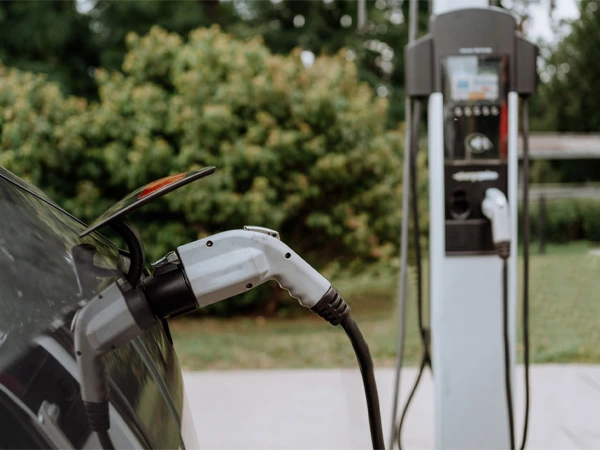
2.Energy Management Optimization
• Off-peak heating: Preheat charging station energy storage systems using nighttime low-cost electricity (≈$0.08/kWh).
• Solar integration: Install solar panels to power self-heating functions (reduces operational energy consumption by 30%).
V. Frequently Asked Questions (FAQ)
Q1: Is it normal for charging power to decrease in winter?
• Yes. At -10℃, most stations automatically limit power to 80%-90% of rated capacity to protect batteries.
Q2: How to handle ice on charging station screens?
• Avoid scraping with sharp objects. Use warm air defrosting or specialized deicing agents (e.g., CRC Ice-Off).
Q3: What winter-specific features do Tecoo charging stations offer?
• PTC nozzle heating: Auto-activates at -15℃ for 5-minute defrosting.
• Condensation monitoring: Real-time humidity detection triggers internal fan dehumidification.
Winter operational complexity demands charging equipment with enhanced environmental adaptability. As a brand specializing in weather-resistant charging technology, Tecoo provides reliable solutions for extreme cold environments. Act now to winterize your charging facilities.
2
